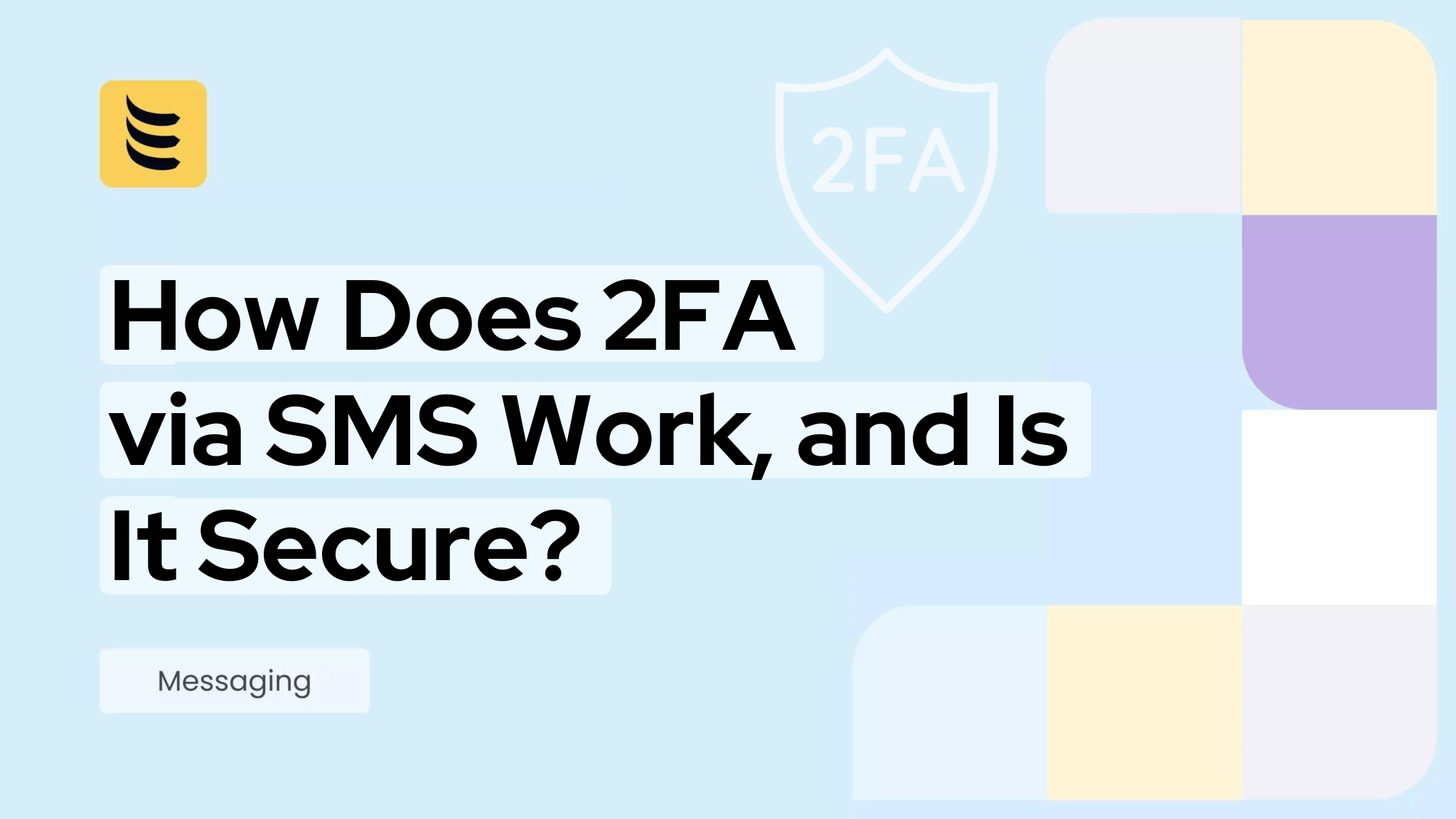In the complex and competitive world of telecommunications, it’s not surprising that there is no all-embracing standard for signalling. In fact, there are two main standards: H.323 and SIP. They grew out of different roots and from different functional needs.
While both standards have their champions, the reality is that they both have an assured lifespan. Here we take a deep dive into the details of the two standards and explore their relative strengths and weaknesses.
Origins
H.323 is part of the H.32x group of standards handled by the International Telecommunication Union (ITU). It was formalised in 1996 and grew out of a need for standardisation of real-time multimedia communication over IP. Collectively the ITU-T telecommunications standards specify how calls are established and shared, and how compliant components will interact.
The SIP standard is handled by the Internet Engineering Task Force (IETF) and was formalised as a Request for Comment (RFC) in 1999. SIP has its origins in the Internet community and was designed to support call-processing functions in PSTN – later extended for multimedia such as video conferencing.
H.323 in detail
H.323 defines some specific components:
- Terminal – an endpoint in the LAN, this participates in two-way communications with another terminal. By definition, it must support at least audio communication but may also include video and data.
- Gatekeeper – an optional component to manage other components in the network, and communicate with them using RAS. The components must register with the gatekeeper and request admission to join a call.
- Gateway – to provide an interface to PSTN and other compatible devices. It uses CODECS to convert information and routes calls using RAS.
- MCU – a LAN endpoint allowing terminals and gateways to join and participate in a multi-way videoconference. It manages the video, audio and data to provide stable communications.
H.323 also defines channels:
- Register, Admission and Status (RAS) channel – used to establish communication between gatekeeper and end points such as registration and requests.
- Call signalling channel – used to transfer information for call control and service control, for example, the transport address.
- H.245 control channel – used for line transmission of non-telephone signals such as encryption, flow control and jitter management.
- Logical channel – a pair of uni-directional channels used to carry media information such as audio and video using RTP and RTCP.
H.323 application
Owing to its telecommunications roots, H.323 gives a comprehensive definition of the entire system architecture. This supports multi-way peer-to-peer communication without the need for a central controller. Its guidelines include setup and control of calls and the media they use. Call data is transferred in binary in order to minimise the bandwidth required. Reducing bandwidth is a key issue for businesses looking to manage telecoms costs, together with finding competitive wholesale VoIP termination rates from a provider such as IDT.
SIP in detail
Session Initiation Protocol (SIP) manages communication between callers, but as an application layer protocol. SIP consists of the following network elements:
- User-agent – used to send and receive SIP messages and consists of both client and server components. The client component sends SIP requests and the server component receives requests and returns a SIP response. A SIP softphone is an example of a user agent, it handles client/server functionality along with typical telephone features such as dialling and answering calls.
- Proxy server – used as an intermediary to route messages to another server closer to the destination. Also used to enforce access control, such as checking whether the end user is allowed to make a call.
- Registrar – used to record addresses sent by a user agent and locate other agents on the network.
SIP defines a number of requests such as:
- REGISTER – to register the URI and location.
- INVITE – to initiate a dialogue prior to establishing a call.
- ACK – to confirm receipt of an INVITE.
- BYE – to terminate a dialogue.
SIP application
SIP is complementary to Internet technologies and standards such as HTTP and IP. It uses human-readable ASCII for messages, which makes them easier to understand and debug but increases the message size and therefore bandwidth. As the codes don’t need to be translated, new commands can be added and will be understood by both parties.
The SIP standard is more open and flexible than H.323; this gives more options for interoperability although with the potential for differences in interpretation. Vendors each produce their own flavour of SIP to gain competitive advantage and have to test them for interoperability.
Conclusion
The reality is that both H.323 and SIP are here for the long term. SIP is more flexible and adaptable and builds on common technology such as HTTP, this simplifies the addition of new Internet-based applications. H.323 facilitates more robust and interoperable communications.




